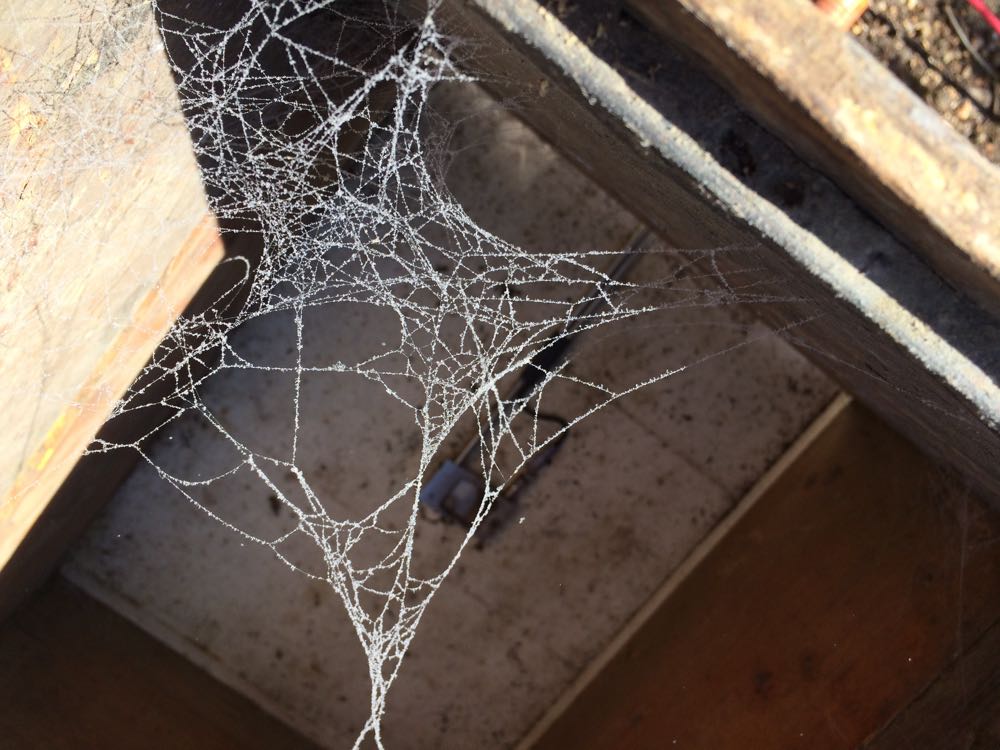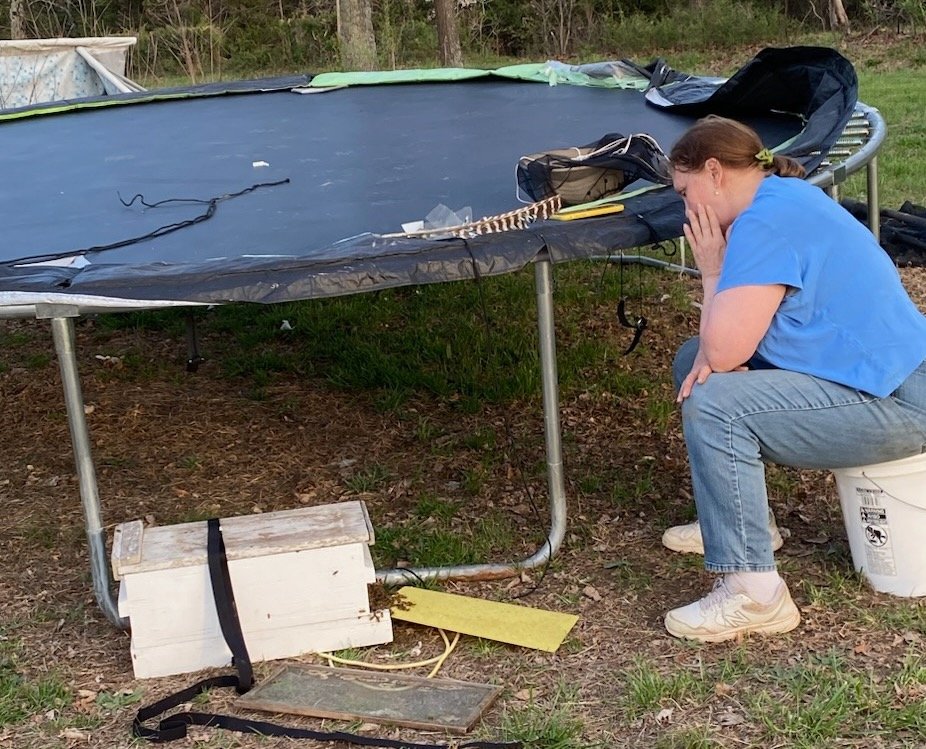Testing Oxalic Acid Application
/Setting up to test an oxalic acid treatment to an empty bee hive on a sunny winter day.
Testing Oxalic Acid Application
Besides comparison shopping, my bee buddy David is a meticulous tester and sampler. So last year when at a beekeeping conference he gave me a determined look and said he was going to treat his bee colonies with oxalic acid, I knew we were going to have long conversations about this new adventure.
Oxalic acid is one of the latest tools in the beekeeper's arsenal to fight varroa destructor, a tiny red mite partially responsible for the record decline in the honeybee population. Combined with the loss of habitat, which speaks to the quality of bee food, and overuse of pesticides, these three major factors are now considered main contributors to the continued honeybee population decline. Among other contributions, bees pollinate one out of every three bites of food we eat.
Whether to treat, or not treat colonies with oxalic acid continues to be a major debate among beekeepers. Statistics show if bees are not treated, a majority of colonies will be weakened by their 3rd year and will die, not necessarily from the mite but from viruses carried by the mite.
On a warm sunny winter day, David invited me to his apiary to test his oxalic acid applicator and related equipment. I didn't need to bring anything, he assured me, he had everything set up.
The testing of the oxalic acid application included the testing of an old car battery.
When I arrived, bees were out enjoying the sunny, warm winter day. I meandered from hive to hive, checking how the girls were doing and asking David if he could see how the colony was flying.
David stands away from his hives, not because he doesn't want to be closer but because he has the worst luck when he does. Whereas I can sneak by without a mishap, as soon as David tries to look around a hive, a guard bee will land a sting, or two, on him.
After David made sure everything was set up correctly, I took a few photos and started to share our grand experiment with a couple other beekeepers.
The response was quick and unexpected. What are you doing? What do you mean you are testing a new applicator?
I smiled. I told David I thought we had their undivided attention now and texted a few more photos. Then I added:
We are two retirees on a sunny winter day with a new piece of beekeeping equipment and an EMPTY hive. What's not to love?
Test results? Oxalic acid vapors covered the left-over spider webs inside the old bee hive.
And the verdict?
The oxalic acid should be applied early spring and late fall but on this winter day, it was more of an excuse to be outside in the sun, enjoying the day. We figured regardless of the time of year, the verdict is - the car battery would work just fine.
Charlotte














